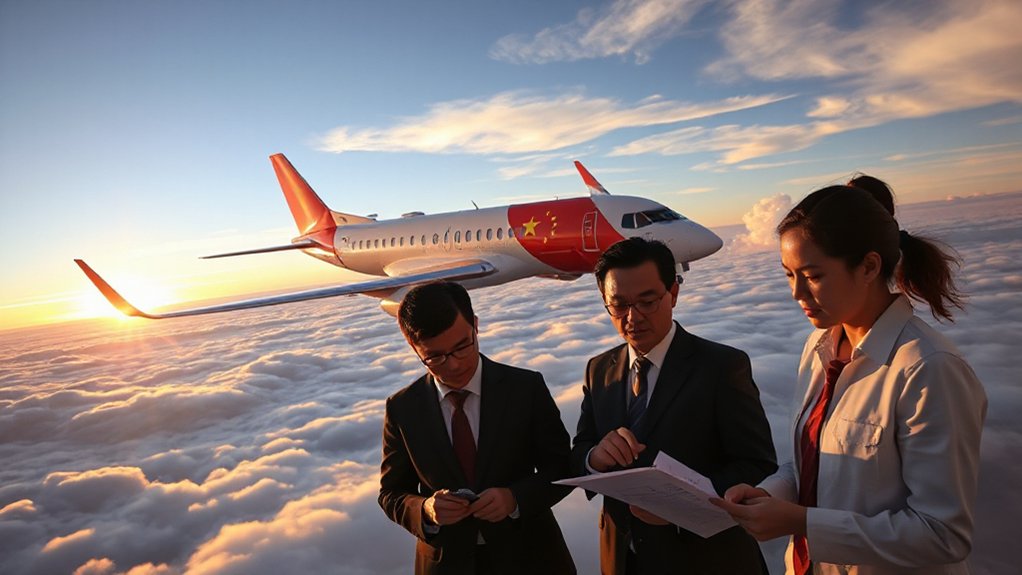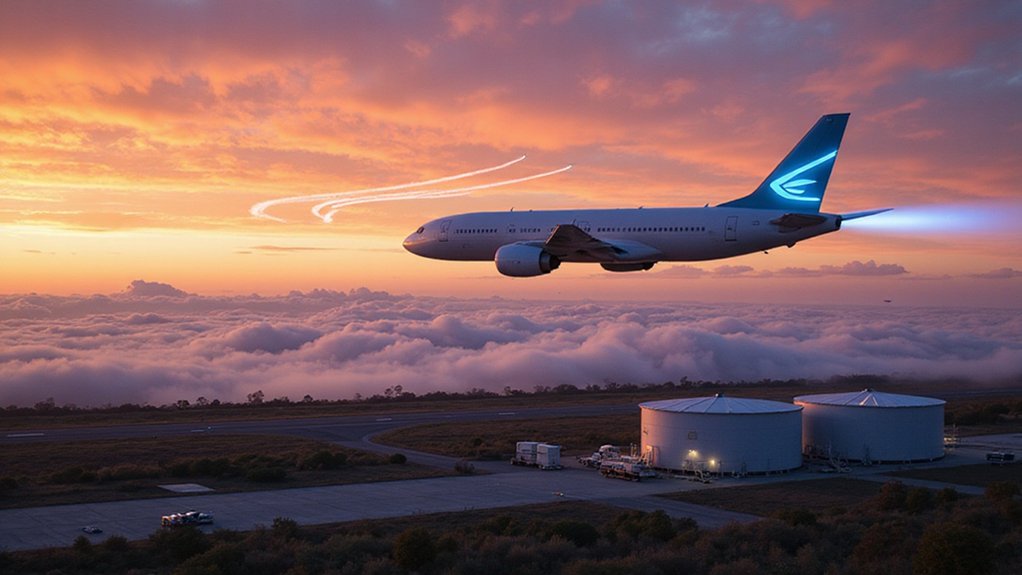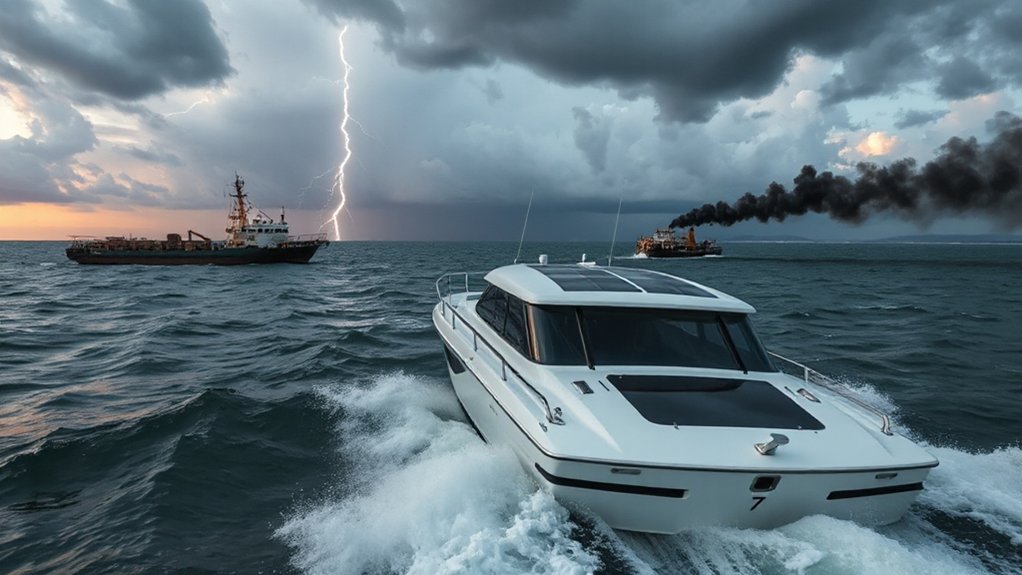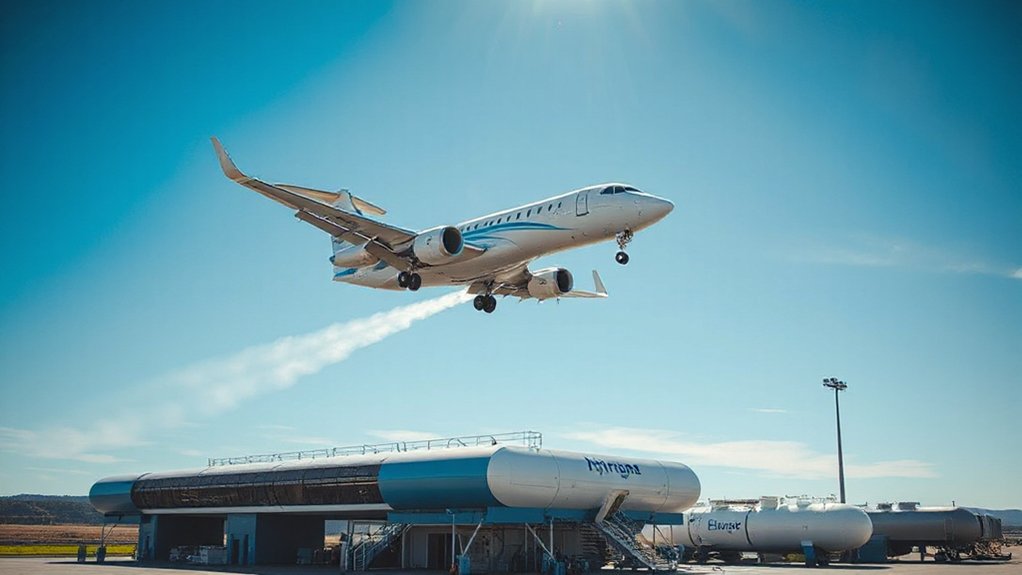While other countries may debate aviation regulations at a leisurely pace, China’s moving full throttle with dramatic changes to its flight rules. Starting March 1, 2025, any business jet hoping to land in China faces a bureaucratic obstacle course. Five whole business days of documentation before you can even apply for a landing permit. No exceptions. Not even for medical flights. Sorry about your emergency, but paperwork comes first!
China’s bureaucratic maze makes aviation emergencies wait their turn. Paperwork trumps medical urgency in this regulatory fast lane.
The Civil Aviation Administration of China isn’t messing around. Submit late or incomplete documents? Your permit application gets shoved to the back of the line. At least they’re allowing approved aircraft documentation to remain valid for a while – small mercies, right?
China’s not just tightening screws on foreign operators; they’re completely overhauling their Civil Aviation Law. Drafted back in 1996, it’s getting a much-needed facelift. The new version carves out space for drones and urban air mobility – those flying taxis everyone keeps promising.
They’re setting up supervision platforms for low-altitude flights, which frankly, was long overdue. Safety standards aren’t being left behind either. The 14th Five-Year Plan has China targeting accident rates below 0.300 hull losses per million flight hours. Ambitious? Maybe. Impossible? We’ll see.
The real game-changer is happening in manufacturing. While Boeing scrambles to fix quality control issues, China’s quietly building aviation clusters in Shanghai, Shenyang, Xi’an, Chengdu, and Zhuhai.
The COMAC C919 – China’s answer to the 737 – is already in commercial service after receiving type certification in 2022. Next up: the C929 wide-body, designed to compete with Boeing and Airbus on international routes.
Let’s be real. China’s not just changing rules; they’re changing the game. Delays are particularly problematic during Chinese public holidays, when processing times are significantly longer and a minimum two-week lead time is recommended. By simultaneously tightening regulations and advancing their manufacturing capabilities, they’re positioning themselves as the new standard-bearer for aviation safety and innovation. Boeing might want to take notes.
The draft revisions also include significant consumer protection measures that will require airlines to provide accommodation and food during flight delays, addressing longstanding passenger complaints.
References
- https://www.icarusjet.com/trip-support/china-business-jet-rules-2025/
- http://en.moj.gov.cn/2025-06/26/c_1103453.htm
- https://www.icao.int/sites/default/files/safety/GASP/GASP Library/National aviation safety plans/China-NASP-2021-2025.pdf
- https://icao.assyst-uc.com/sites/default/files/2025-02/6202_en.pdf
- https://eac-consulting.de/navigating-the-skies-an-overview-of-the-thriving-china-aviation-industry/
- https://www.icao.int/sites/default/files/environmental-protection/State_Action_Plans/China-State-Action-Plan-2025.pdf
- https://www.acumen.aero/blogs/-2-jan-2025-china-aviation-industry-newsletter
- http://www.caac.gov.cn/English/News/202504/t20250402_227105.html
- https://www.greenairnews.com/?p=8025
- http://www.caac.gov.cn/English/News/202503/t20250306_226881.html








